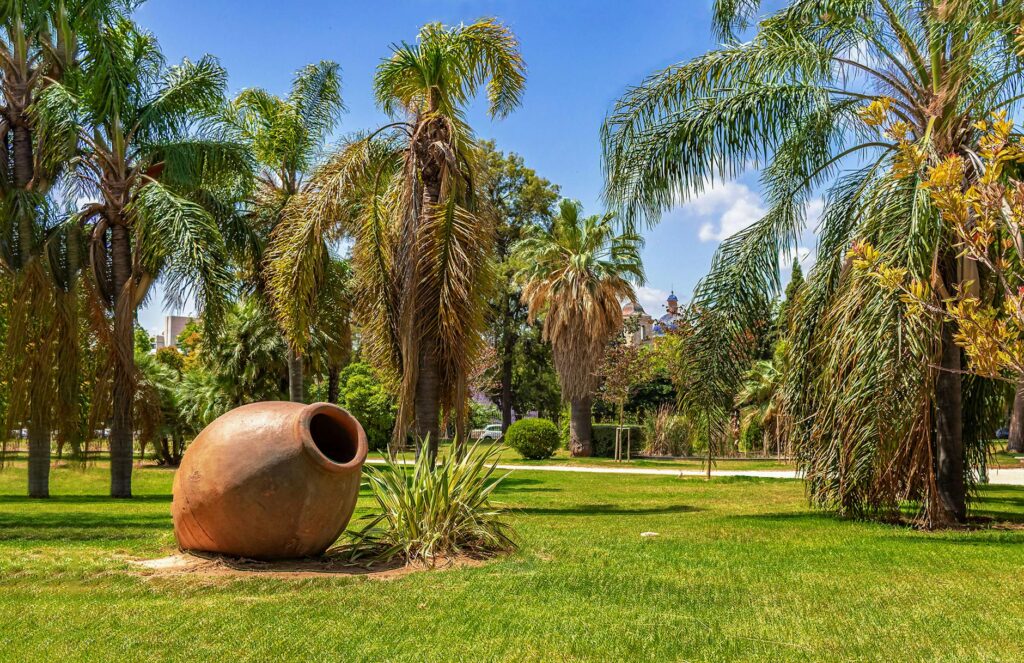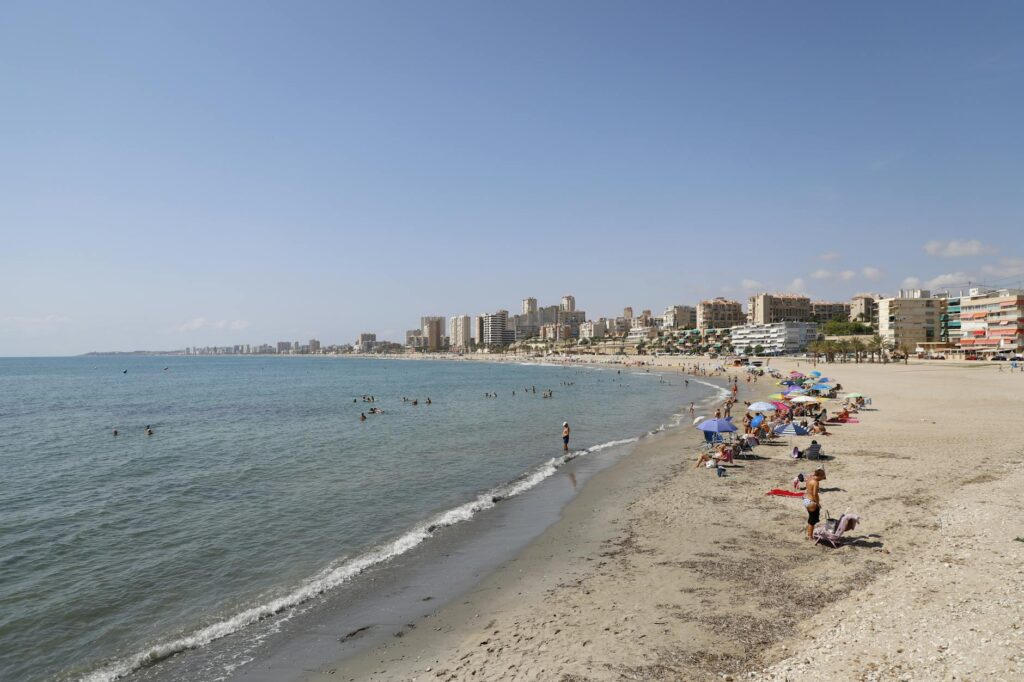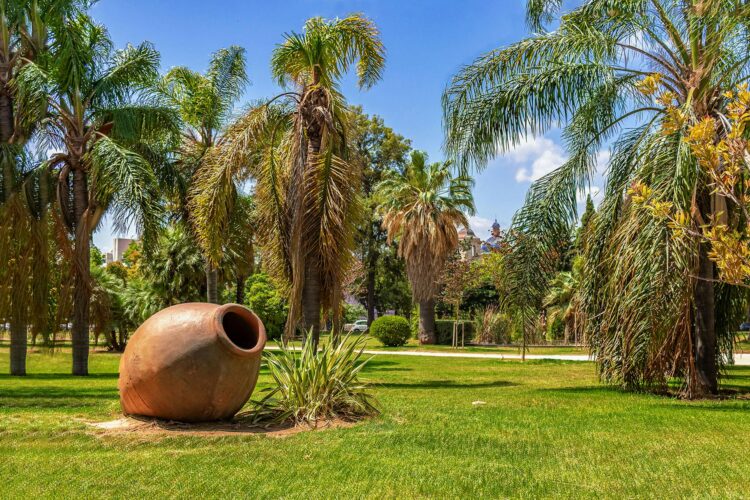Spain, the land of sun-drenched beaches, vibrant culture, and of course, incredible food! And at the heart of Spanish cuisine lies the paella. While many variations exist, today we delve into the authentic heart of it all: Paella Valenciana.
A Valencian Tradition
Originating in the Valencia region of eastern Spain, Paella Valenciana is more than just a dish; it’s a cultural symbol. Unlike many modern paella variations, it’s traditionally cooked outdoors over an open fire, imbuing it with a unique smoky flavor. The recipe has been passed down through generations, with each family adding their own subtle twist. 
The Key Ingredients: Simplicity and Freshness
The beauty of Paella Valenciana lies in its simplicity. The key ingredients are high-quality Bomba rice (learn more about Bomba rice here), rabbit, chicken, green beans, lima beans (garrofó), and snails (cargols). The use of saffron adds a vibrant golden hue and distinctive aroma, while rosemary provides a hint of fragrant herbs. Fresh, seasonal ingredients are essential for achieving the best flavor. You can find some great resources online on sourcing quality ingredients; for example, check out this guide to Spanish ingredients.
The Cooking Process: A Labor of Love
Making authentic Paella Valenciana is a process. It requires time, patience, and attention to detail. The rice is first sautéed with the meat and vegetables before the broth is added. The key is to achieve the socarrat—a slightly crispy layer of rice at the bottom of the pan—which many consider the hallmark of a perfect paella. This is where experience plays a big part!  For a step-by-step visual guide, check out this video tutorial.
For a step-by-step visual guide, check out this video tutorial.
Beyond the Plate: Paella and Valencian Culture
Paella Valenciana is deeply intertwined with Valencian culture. It’s often enjoyed during celebrations and festivals, bringing families and communities together. The dish itself is a reflection of the region’s agricultural heritage and its commitment to using fresh, local ingredients. Learning about Valencian culture enhances your appreciation of this iconic dish.
Modern Interpretations and Variations
While traditional Paella Valenciana holds a special place in many hearts, there are modern interpretations and variations. Some chefs add other ingredients like artichoke hearts or chorizo, while others experiment with different cooking techniques. However, the core elements—the Bomba rice, the socarrat, and the focus on fresh, high-quality ingredients—remain constant. [IMAGE_3_HERE]
A Taste of the Mediterranean
More than just a meal, Paella Valenciana offers a taste of the sun-drenched Mediterranean, a vibrant culinary journey that transports you straight to the heart of Spain. The combination of flavors and textures is a testament to the ingenuity and passion of Valencian cuisine. Explore more Spanish recipes and discover new culinary adventures!
Frequently Asked Questions
What type of rice is best for Paella Valenciana? Bomba rice is traditionally used for its ability to absorb liquid without becoming mushy, resulting in the perfect texture.
Can I substitute ingredients in Paella Valenciana? While substitutions are possible, it’s recommended to stick to the traditional ingredients for the most authentic flavor. Learn more about substitutions.
How long does it take to cook Paella Valenciana? The cooking time varies, but it generally takes around 30-40 minutes, depending on the size of the pan and the heat source.
Is Paella Valenciana gluten-free? Yes, traditionally Paella Valenciana is naturally gluten-free.
Where can I find authentic Paella Valenciana outside of Spain? Many Spanish restaurants around the world offer authentic Paella Valenciana, but be sure to check online reviews and read about their commitment to traditional preparation.
